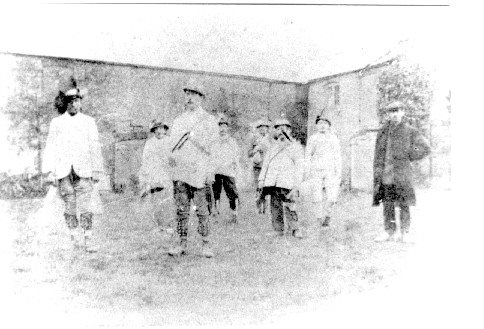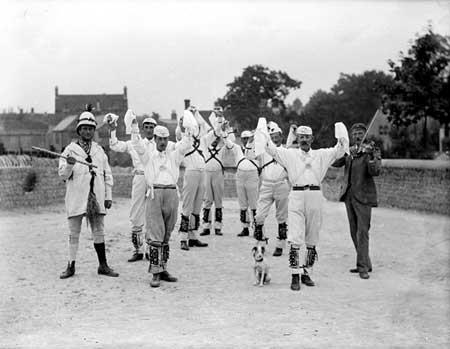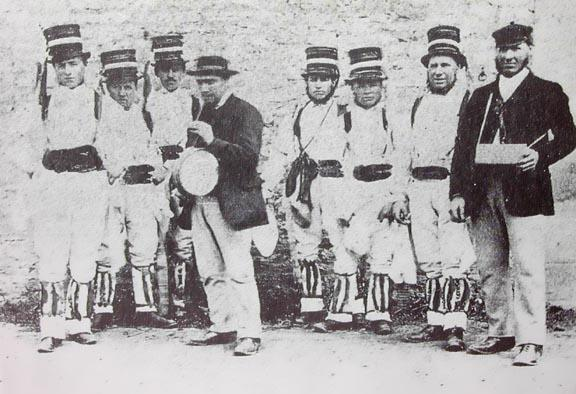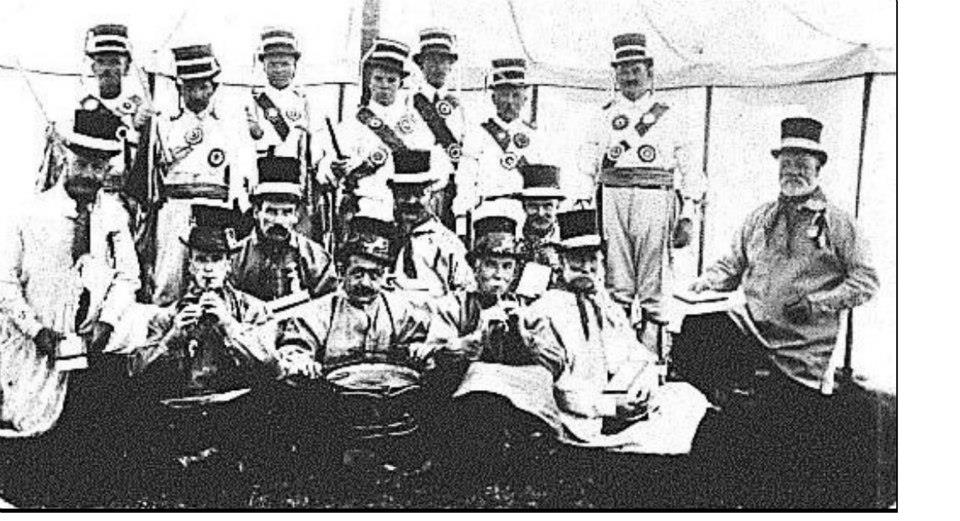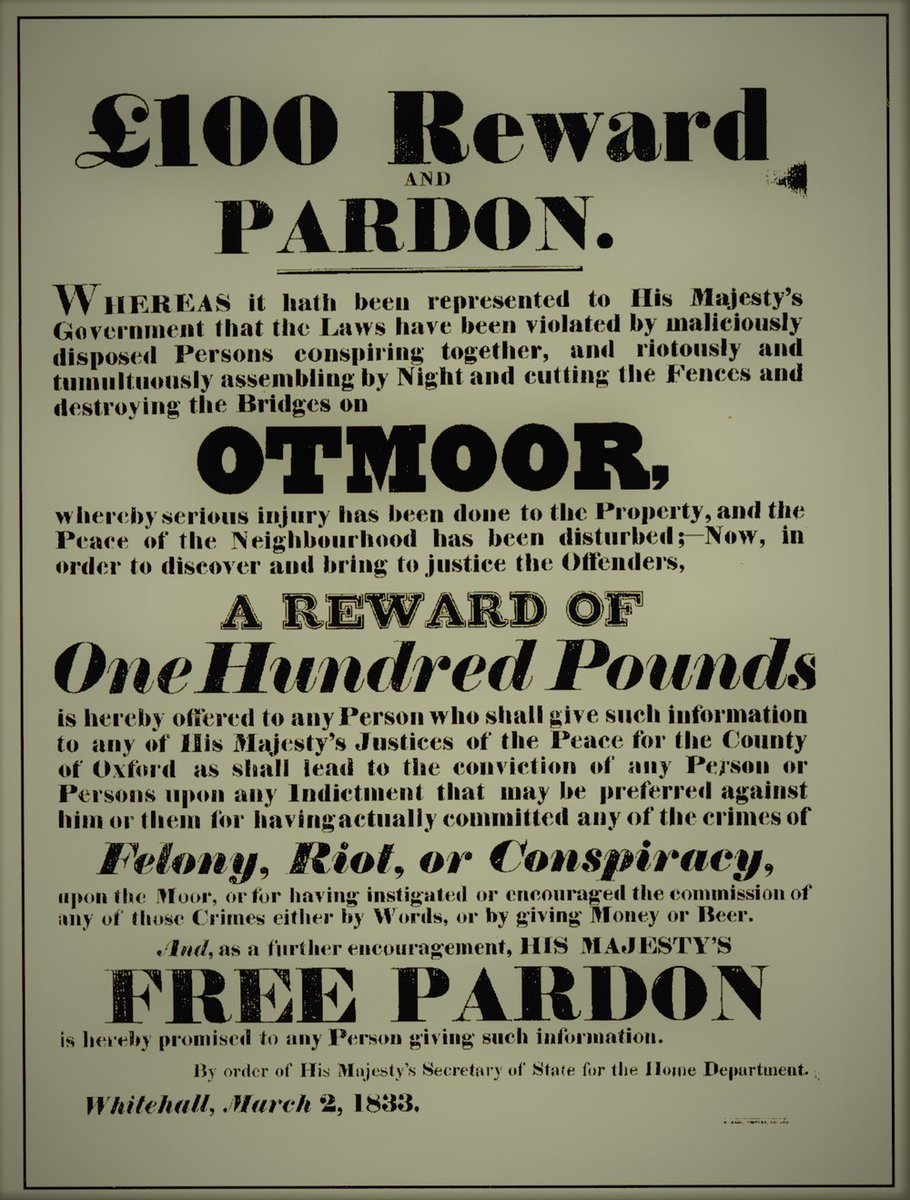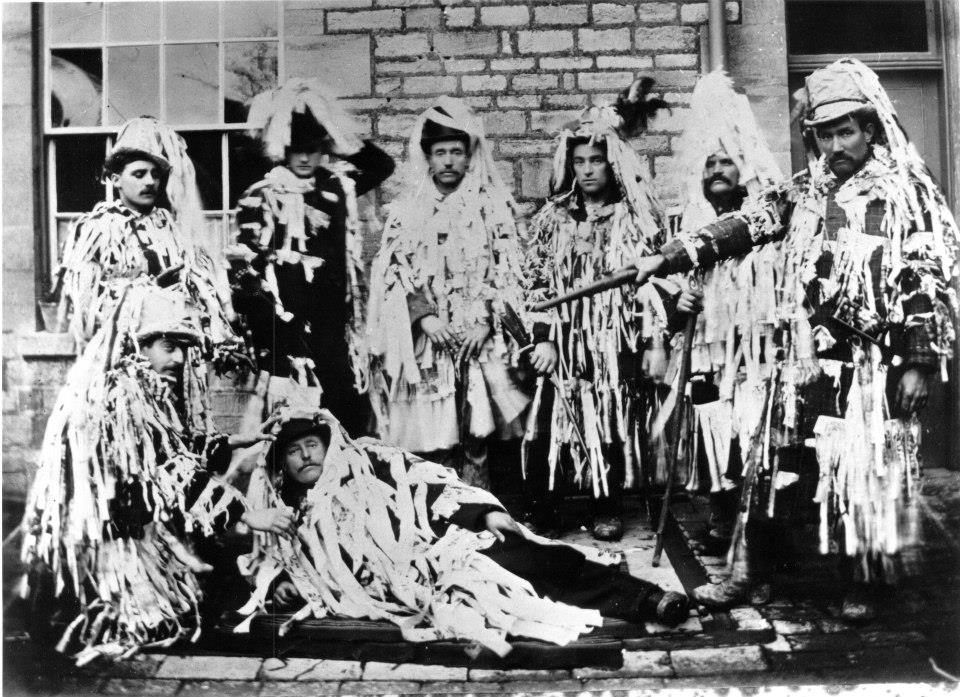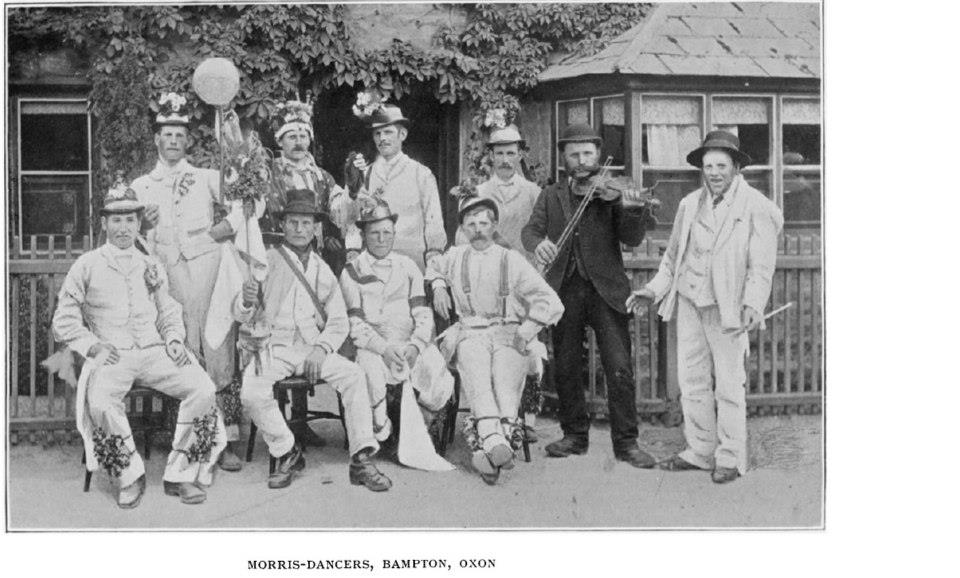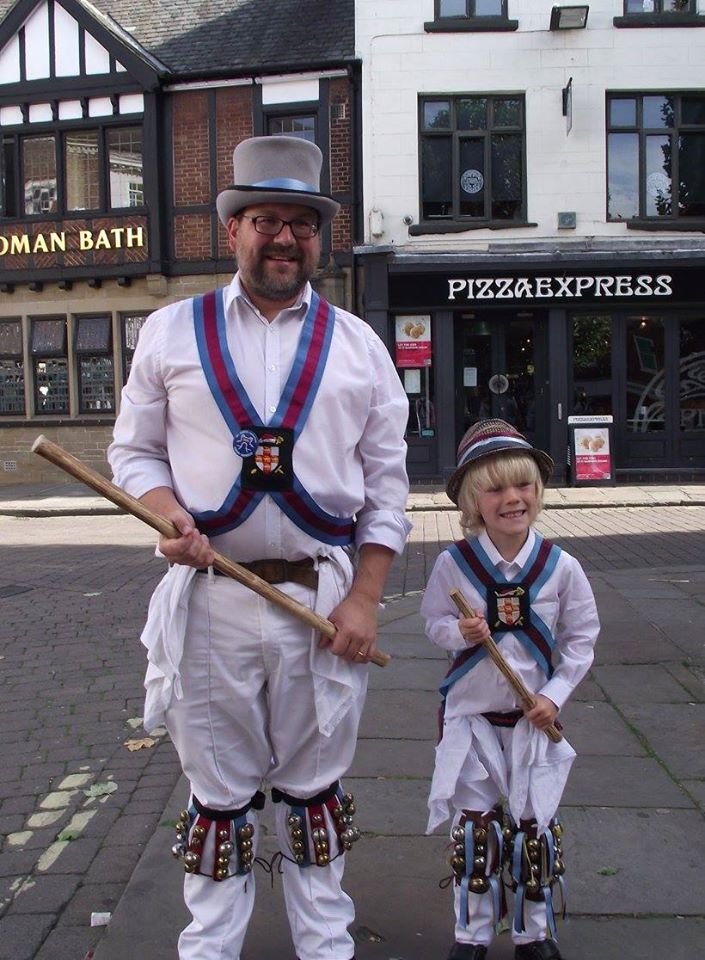This[long] thread looks at the radical role of folk dance and music as elements of social protest in the 19th century 1/23 #heritageofprotest
There& #39;s tradition of radical history engaging with ritual and ceremony, including topics as diverse as rough music and wife selling. Customary arrangements were locally variable and frequently involved a parallel system of written/performative/material expressions of rite 2/23
These non-official practices were of great importance as means of confirming social solidarity and expressing dissent. At this time many aspects of social and particularly economic law was governed by a range of customary arrangements – as opposed to formal statutory laws, 3/23
The early modern world was on in which customary arrangements are widespread, one of the meta-narratives of the 17th to 19th century is, in Joan Thirsk’s formulation, the erosion of the commons 4/23 #heritageofprotest
However, from the 17th century, through a diverse range of processes including enclosure, engrossment, the advent of the Game Laws, and the expansion of the cash, labour economy, access to these common resources were increasingly privatised. 5/23 #heritageofprotest
Crucially, the corollary of this erosion of the commons was the associated erosion of the customary arrangements that had structured them, in their written, oral and performative dimensions. 6/23 #heritageofprotest
These customary systems were regularly associated, with a range of contexts– ales, perambulations and Whitsun feats. These practices could be seen as rituals of social consolidation, but they also had he scope to incorporate practices of social discontent and dissent. 7/23
The close alignment and cyclical nature of the agricultural and ecclesiastical year, as well as the often tight relationship between parish and manor, meant that it was natural that such a relationship should develop. 8/23 #heritageofprotest
18th /early 19th c., morris was embedded in a number of specific contexts including festivities at Whitsun at the end of May e – performances for local wealthy families – and performing at Church Ales which were social events held to raise funds for the church 9/23
However if this was a context where a customary ceremony appears to have stressed social solidarity and enhanced relations between neighbouring villages, traditional music and performative traditions could also be used in more socially stressful contexts 10/23. #heritageofprotest
At Otmoor Oxon, the common was shared by 8 townships but enclosed and drained in 1815 This resulted in tensions; 1830 the fences were pulled down and uprooted at night buy groups of men with blackened faces and wearing women’s clothing; the same garb often worn by mummers 11/23
At Headington Quarry, home of an established morris team in the 19th century, an enclosure dispute ran from 1850s-890s; fences were destroyed and animals turned to graze on newly enclosed land, all to the accompaniment of drinking and music from ‘fiddles, tambourines etc 12/23
However by the later 19th century rural life in the south midlands was under stress for a number of reasons and many of these customary rituals were under attack. The impact of the 1870s recession and of mechanisation were key. 13/23 #heritageofprotest
In this context there was an assault on customary rites and traditions. There was also a wider change in response to local traditions by the gentry. Strained relationships between gentry and farmers and their workers saw occasions of social solidarity becoming contested. 14/23
Traditions such as the Wychwood forest fair were suppressed for drunkenness/ fighting. Harvest feasts which saw farmers coming together with their workers becoming appropriated by an assertive and engaged clergy in the form of the harvest festival. 15/23 #heritageofprotest
Finally, throughout the 19th century a wider nationalisation of culture from 1890s brought new sports; elites withdrew support from traditional celebrations and there was increased celebration of national, particularly royal events, such as jubilees and marriages 16/23
One aspect of this reworking of the customary feasts was however driven at the level of the agricultural workers – this was the replacement of the church ales with a new social event, the club days of agrarian friendly societies 17/23 #heritageofprotest
Friendly societies were formed to provide financial/social benefits to rural labourers and families. They became common in the 2nd half 19th cent- had club days; annual social events often held at Whitsun, the key traditional dates for morris dance 18/23 #heritageofprotest
There are records of morris sides dancing at club feasts. There are also cases of similar dancing at related events held by the national rather than local Oddfellows Clubs – such as the Lower Swell and Brackley sides who danced at Oddfellow Club events 19/23 #heritageofprotest
Friendly Societies were encouraged by employers. Other contexts were less socially acceptable; 1877 the Brackley side danced at the meeting of the Finmere Branch of the National Agricultural Labourers Union, the agricultural union formed in the early 1870s by Joseph Arch 20/23
In summary, morris dance and music grew in the context of social embedded practices of rural proletarian labour –A similar narrative could also be written about the role of vernacular song 21/23 #heritageofprotest
There is another equally fascinating story to be told about the radical history of the folk dance revival – its connection to Fabianism, feminism and social reform. Perhaps for another day 22/23 #heritageofprotest
Anybody want a bibliography for this kind of stuff on vernacular social protest – happy to share #heritageofprotest 23/23

 Read on Twitter
Read on Twitter![This[long] thread looks at the radical role of folk dance and music as elements of social protest in the 19th century 1/23 #heritageofprotest This[long] thread looks at the radical role of folk dance and music as elements of social protest in the 19th century 1/23 #heritageofprotest](https://pbs.twimg.com/media/EY2ljxqXYAAvOqG.png)
